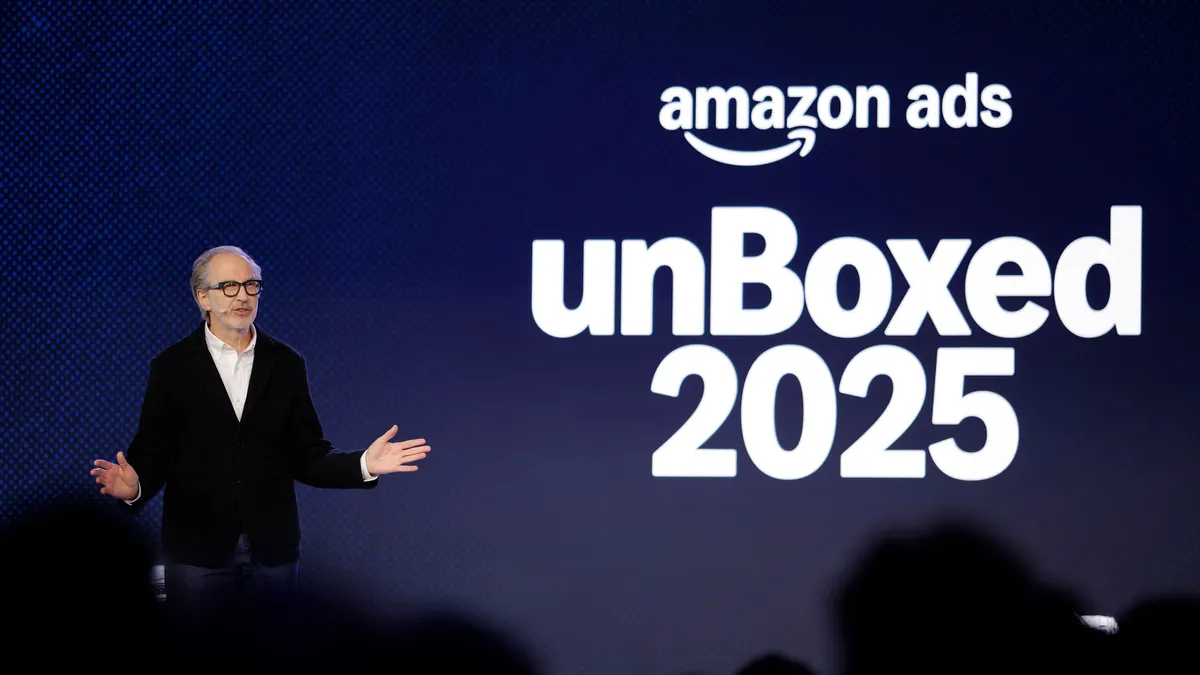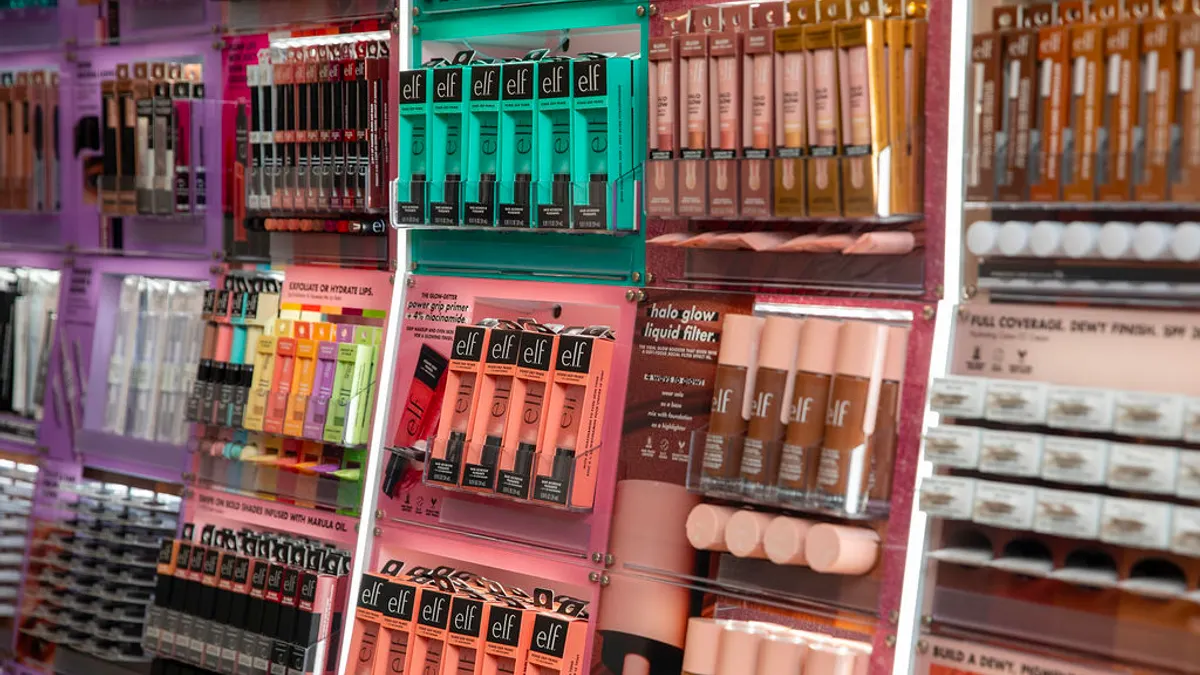For all the talk of how digital retail is the dominant sales channel today, the message from eTail West last month was far more inclusive: Retailers of all stripes are facing the same problems, but in order to succeed, they need to better understand their core mission, values and customer.
Leadership, customer-centric initiatives and unique experiences are high on retailer's priority lists when it comes to program development and solutions. But all solutions, it seems, are not created equal. All retailers are working hard to find solutions to suit their unique, individualized needs.
The challenge for retailers is to be unique, to remain true to the company mission (whatever that is), to innovate and to integrate technology where it makes sense. And while there were executives from a wide-range of the nation's top retailers presenting throughout the conference, one in particular was notably absent. Amazon may not have presented, but it was certainly present in every conference session, as the core mission for most is to compete with the retail behemoth in each channel or category it enters.
Walmart isn't playing around
Amazon may have sat out eTail West, but Walmart was there in full force. Some 13 executives participated in several panels and conference sessions, including a fireside chat titled "Walmart is Playing to Win in E-Commerce." Subtle, Walmart is not.
It was a show of force from the world's largest retailer which has spent much of the last 19 months since its $3.3 billion acquisition of Jet.com signaling to competitors, vendors, investors and consumers that it is, indeed, playing to win. "When you look at opportunity, what's ahead for Walmart is immense," Matt Kaness, former CEO of Modcloth, and executive in residence and vice president at Walmart e-commerce U.S., told attendees. "It's only just begun."
Target, too, turned out to trumpet its growth plan. Which, for Target, means investing in new brands and stores, all while adopting technology to enable cross-channel fulfillment, according to Bruce Starnes, Target vice president of digital solutions. "We think this is the right play and we're really energized by the next couple of years," he said.
Leadership matters
"You have to have core beliefs, and they have to be the key to what you’re doing," Noam Paransky, senior vice president of digital for Gap Inc. told attendees in the opening keynote. "You have to rally your organization around those beliefs."
Pairing a corporate message with a social stand or belief, as Patagonia has with environmental issues, is paramount today. Younger shoppers in particular value brands that give back in some way, and having that baked into a business, in its DNA, is par for the course in brand building.
"We've put a lot of emphasis on looking for women in technology. It's one of our top priorities."

Bruce Starnes
Vice President of Digital Solutions at Target
In a fireside chat facilitated by Retail Dive, Miki Racine Berardelli, CEO of Kidbox, outlined how the brand donates children's apparel to families in need for every complete box of clothes purchased, while also building a culture that facilitates innovation. Building an innovative culture at a startup like Kidbox is a challenge that requires leadership.
Leadership is also critical to increasing diversity within the workforce, which is, in turn, critical to meeting the needs of a diverse customer base. "We've put a lot of emphasis on looking for women in technology," said Target's Starnes. "It's one of our top priorities. Our guest skews more female and it's important to have top talent."
Thinking outside the box
Retailers have entered an experimental phase — from Samsung's store 837 that sells no products to Office Depot's Biz Box program that has transformed 14 stores in the Austin market to small business incubators, retailers are embracing transformation in big, dramatic ways.
Take the Museum of Ice Cream, according to Hans Tung, managing partner at GGV Capital during a session discussing investors' perspectives on the future of retail. Tung believes the concept should serve as a model for retailers looking to create experiences that transcend transactions. "They have created a community of customers, it's very Instagrammable," he said. "The experience becomes an essential part of what the concept is."
When Samsung's 837 opened in New York in 2016, it certainly raised some eyebrows. A store that's not a store, but an event space meant to showcase not just the brand's technology, but also how it can be used. Today, 837 is hosting experiences — such as exercise classes to demonstrate fitness trackers — and playing a critical role in Samsung's ability to gather data from visitors in the space and even after they leave, Zach Overton, vice president of consumer experience told attendees during a fireside chat with Retail Dive.
"The answer is try and bounce a lot of stuff and see what sticks."

Luke Chatelain
Vice President of Innovation at West Elm
"The answer is try and bounce a lot of stuff and see what sticks," said Luke Chatelain, vice president of innovation at West Elm. For example, the home goods retailer launched design services as a small pilot and "the conversions and amount of revenue was really massive," he told attendees. Not all experiments are successful, of course. "What didn't work were Facebook chatbots [on Messenger] for customer service. We found that people didn't want to chat about service on that channel, but found out they did want to talk about other things. So we're tailoring the experience."
Acting like a startup
It's taken years for established brands to build out the kind of infrastructure necessary to enable digital commerce, and link it to the physical network already in place.
"Seven years ago when we started this process of building our own platform, to be honest, we weren't that great at digital," said Target's Starnes. "We spent a couple of years trying to figure things out. We made mistakes, but have started having more success. ... Today, we've hired over 1,000 top digital talent and our teams have the freedom to work on innovation and experience. We've adopted a lot of tech's best practices."
This is a sentiment echoed by retailers today, big and small, as they look to technology startups for inspiration and solutions tailored to targeted needs.
And these targeted needs are creating opportunity for new brands. "It's an amazing time to launch a brand," said Kaness. "When you look at who's doing well and who's [getting] funding, it's one SKU solving one issue for one customer. It's a pair of shoes or a dress. They're starting with a SKU and solving a problem for a customer that's probably themselves or their friends, and are building a business or message around that. It's probably the greatest opportunity in a long time to launch a grow[ing] brand."




















